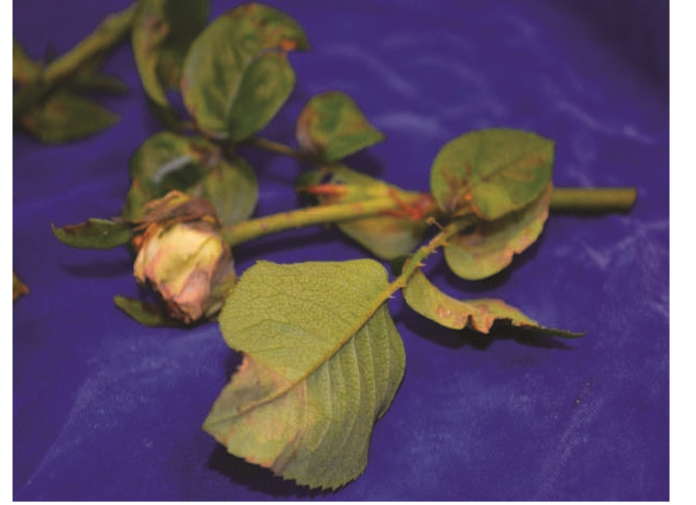enya’s economy is heavily dependent on the agriculture sector, with the horticulture sub-sector standing out as one of the leading contributors to foreign exchange earnings. Notably, Kenya’s cut flower industry plays a pivotal role, employing over 200,000 individuals across various value chains.1 Its impact extends far beyond direct employment, influencing the livelihoods of up to 4 million people, both directly and indirectly. In 2021 alone, floriculture generated KSh 110 billion (USD 809 million), affirming its significant contribution to Kenya’s GDP.
Kenya’s diverse climate; cold, wet, temperate, hot and humid, and hot and dry conditions, creates a unique environment suitable for cultivating a wide array of flower varieties. This range of weather patterns positions the East African nation as an ideal hub for flower production. According to statistics, floriculture makes a substantial contribution of 1.4% to Kenya’s GDP, which is a big deal.
Despite its economic importance, the floriculture industry in Kenya has faced notable challenges. Earnings from exports of cut flowers experienced a significant decline of 29.5% in the previous year.4 Data from the Horticulture Crops Directorate indicates that cut flower exports generated sh73.45 billion in 2023, marking a sharp decrease from sh104.25 billion in the preceding period.The decline is primarily attributed to a significant drop in export volumes, with only 116,270 tons exported in 2023 compared to 202,850 tons in 2022.
The recent flood disaster in Kenya could exacerbate the challenges facing the sector, potentially leading to a further decline in earnings. Experts’ predictions of total crop failure this year add to the concerns already facing flower farms. Additionally, the emergence of a disease crippling their produce aggravates the industry woes, posing significant threats to flower production and exportation.
Water is beneficial, but excessive amounts can lead to trouble. The prevailing conditions of cool temperatures, high humidity, and prolonged leaf wetness, downy mildew attack a wide range of crops including vegetables, fruits and flowers. This disease is caused by oomycete microbes, also known as water molds, which are obligate parasites of plants. Previously classified as a fungal disease, it now falls under the family Peronosporaceae.
Prevention is crucial when dealing with Downy Mildew and other plant diseases. Symptoms manifest on the plant, it’s often too late for effective intervention. The signs include prominent, angular or blocky, yellow patches discernible on the upper leaf surface, situated between the leaf veins. With the progression of the disease, these lesions expand across the leaf, sparing the veins, and eventually transition to a brown hue
This deterioration obstructs the plant’s ability to photosynthesize, as affected areas become either yellow or brown, compromising overall plant health.
As the Downy Mildew infection advances, the underside of the leaf surface may become covered with a white to purple, cotton-like fungal growth. Subsequently, leaves may deteriorate further, becoming dry and brittle, eventually turning crisp and brown. Despite receiving adequate water, affected leaves may prematurely detach from the plant. This leaf loss is particularly concerning, as in any crop, excessive leaf shedding can lead to the plant’s death.
Under a conducive environment for disease development, downy mildew will spread rapidly, with initial spots quickly expanding into large, brown, irregular blotches covering a significant portion of each petal.This expansion process often destroys leaf tissue, although stems and petioles typically remain unaffected.
Treatment for Downy Mildew can be challenging, but there are strategies that farmers can employ to manage it effectively:
- Fungicide Application: Apply approved fungicides for downy mildew control and management while ensuring good spray coverage both on the top and underside of leaves. Resistance management should be put into consideration when selecting the fungicide to use.
- Enhance Air Circulation: Improve air circulation around the plants through pruning and removing weeds which help in reducing humidity levels.
- Maintain Cleanliness: Keep the area beneath infected plants clean during periods of reduced growth/dormancy to prevent the disease from spreading through infected plant debris.
Regular Monitoring: Monitor plants regularly for signs and symptoms of Downy Mildew. Promptly uproot and remove any plants showing symptoms to prevent further spread of the disease.
Implement Proper Drainage: Ensure proper drainage systems in the farms to prevent waterlogging, which creates favourable conditions for Downy Mildew development.

